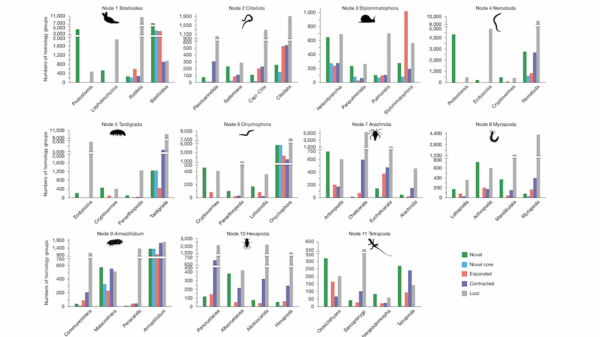As the climate crisis intensifies, U.S. insurers are increasingly reluctant to cover properties in high-risk areas, creating a ripple effect that threatens the housing market. Without insurance, many homeowners find themselves unable to secure mortgage financing, leading to what some are calling an insurance crisis in the United States. This trend is particularly pronounced in regions that have recently experienced natural disasters such as floods and wildfires.
Between 2018 and December 2024, over 1.9 million home insurance contracts were “nonrenewed,” a term that refers to the termination of policies. According to a congressional report, the nonrenewal rate has tripled or more in over 200 U.S. counties. This data emerged from an investigation initiated by the Senate Budget Committee, which in November 2023 demanded that the largest U.S. insurance companies disclose nonrenewal statistics by county and year.
Climate Change and Insurance Nonrenewals
Some states and cities are experiencing higher nonrenewal rates than others, particularly those at greater risk of severe weather events like fires, floods, and hurricanes. Although the reasons for nonrenewals are not fully transparent, the geographic pattern strongly correlates with climate change impacts across the U.S. Notably, California, Florida, and North Carolina are among the hardest hit areas.
Following the report’s release, Senator Sheldon Whitehouse remarked,
“The climate crisis that is coming our way is not just about polar bears, and it’s not just about green jobs. It actually is coming through your mail slot, in the form of insurance cancellations, insurance nonrenewals, and dramatic increases in insurance costs.”
Economic Impact of Extreme Weather Events
According to the National Oceanic and Atmospheric Administration, 2024 saw 27 individual weather and climate disasters, just shy of the record 28 events in 2023. The year was the fourth-costliest on record for such events, with a total cost of approximately $182.7 billion. This follows the catastrophic years of 2017 ($395.9 billion), 2005 ($268.5 billion), and 2022 ($183.6 billion). The 2024 disasters included storms, wildfires, droughts, flooding, tornadoes, tropical cyclones, and other extreme weather phenomena.
Insurers’ Response to High-Risk Areas
Insurance companies are not only assessing geographic risk but also scrutinizing building materials. Many mobile or manufactured homes are excluded from coverage, and restrictions are often placed on houses made of wood and other fire-prone materials. Even in states like California, known for strict building codes designed to mitigate wildfire risk, insurers are increasingly denying coverage. In some counties, nonrenewal rates have surged by over 500 percent since 2018.
In response, some state governments have begun to take action. For instance, in December, officials announced plans to allow insurers to raise rates, provided they continue to offer coverage in fire-prone areas. Other local governments are implementing prescribed burns and clearing vegetation near homes to reduce wildfire risks.
Insurance Companies’ Strategic Withdrawals
Some companies have ceased issuing new insurance policies in certain regions. In 2022, AllState paused new home and condo insurance sales in California, citing increased repair costs and more frequent severe weather. A spokesperson stated,
“Our payments to help California residents recover from accidents and disasters have increased significantly in recent years due to higher repair costs and more frequent and severe weather… We continue to offer coverage to most existing home insurance customers.”
State Farm followed in 2023, halting new housing insurance products in California. By spring 2024, at least 12 insurers had stopped selling housing insurance in Florida. Farmers Insurance explained its withdrawal from Florida as a necessary step to manage risk exposure effectively.
Consequences and Future Outlook
A 2024 report by the First Street Foundation revealed that 23.9 million U.S. properties are at risk from damaging winds, 4.4 million from wildfire, and 12 million from significant flooding, in addition to those in FEMA’s Special Flood Hazard Areas. The report noted,
“Private insurance companies are effectively labeling areas as uninsurable.”
The withdrawal of insurers from certain regions has severe implications. Homebuyers unable to obtain insurance cannot secure mortgages, leading to a stagnation in property sales. As homes remain unsold, property values decline, reducing local tax revenues and limiting funds for public services. Many communities feel abandoned and are urging the government to take action to mitigate the risks of extreme weather or incentivize insurers to maintain coverage in high-risk areas.
If these issues remain unaddressed, more communities across the U.S. could face similar challenges, exacerbating the housing and insurance crisis linked to climate change.



































































